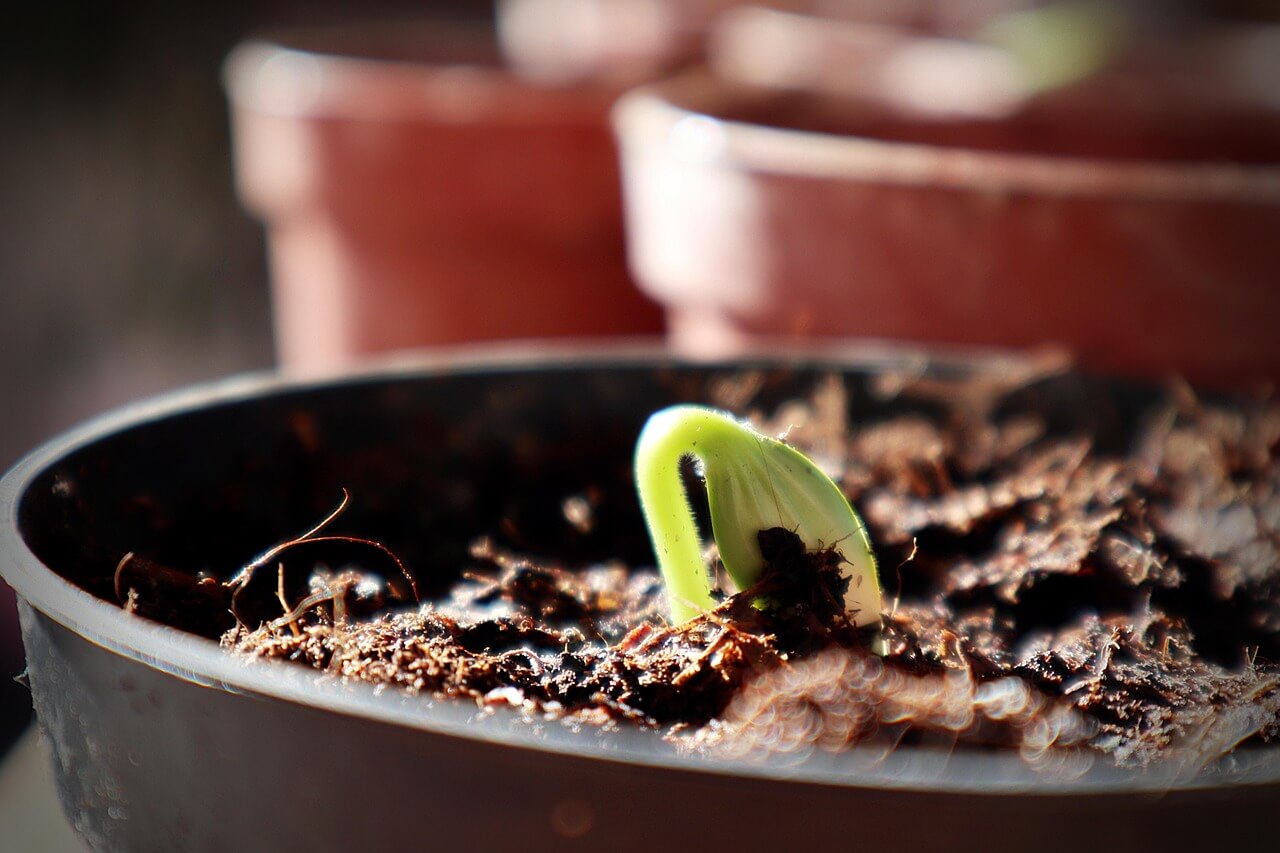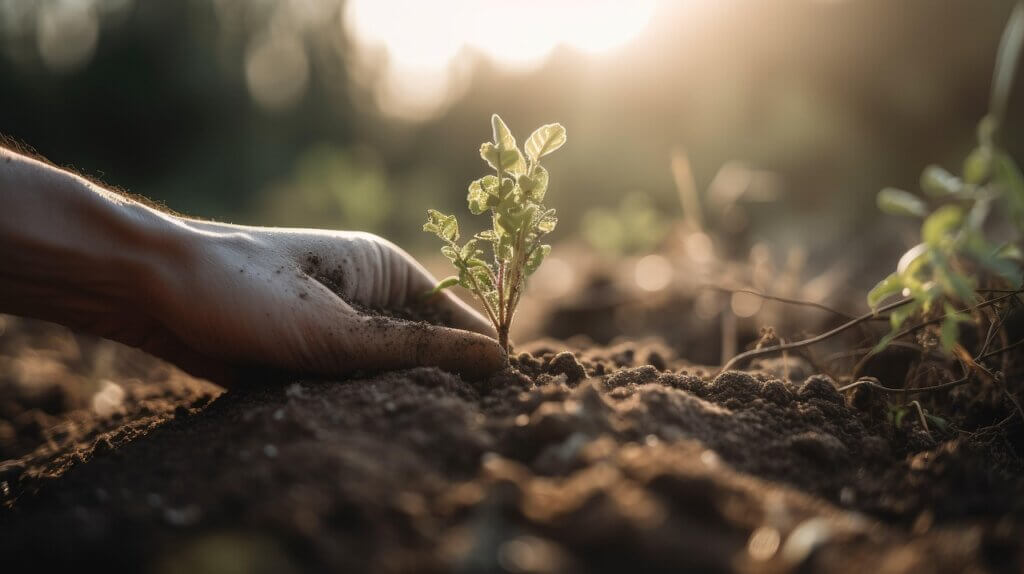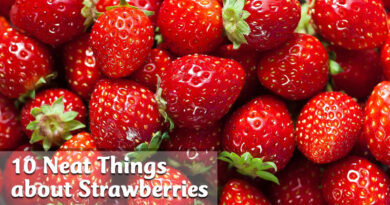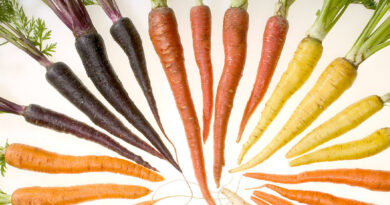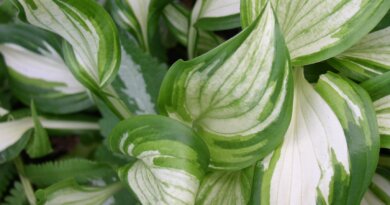Thinning is winning: Why thinning seedlings leads to a stronger garden
It feels counterintuitive to plant a row of seeds, nurture them to life, and then snip off half their heads. But thinning seedlings is one of the smartest moves a gardener can make. Without enough space, young plants struggle: they stretch, wilt, and underperform. Thinning may look like subtraction, but it’s really addition, adding air flow, adding sunlight, and ultimately, adding harvest. Whether you’re growing vegetables, herbs, or flowers, learning how and when to thin is a small act that pays big rewards.
1.Thinning seedlings helps your garden thrive.
When too many seeds germinate in one spot, the seedlings compete for the limited resources of sunlight, water and soil nutrients. This competition can lead to stunted growth, weak stems, and lower yields. Thinning ensures the strongest seedlings have the space they need to develop fully, setting the stage for a healthy and productive garden.
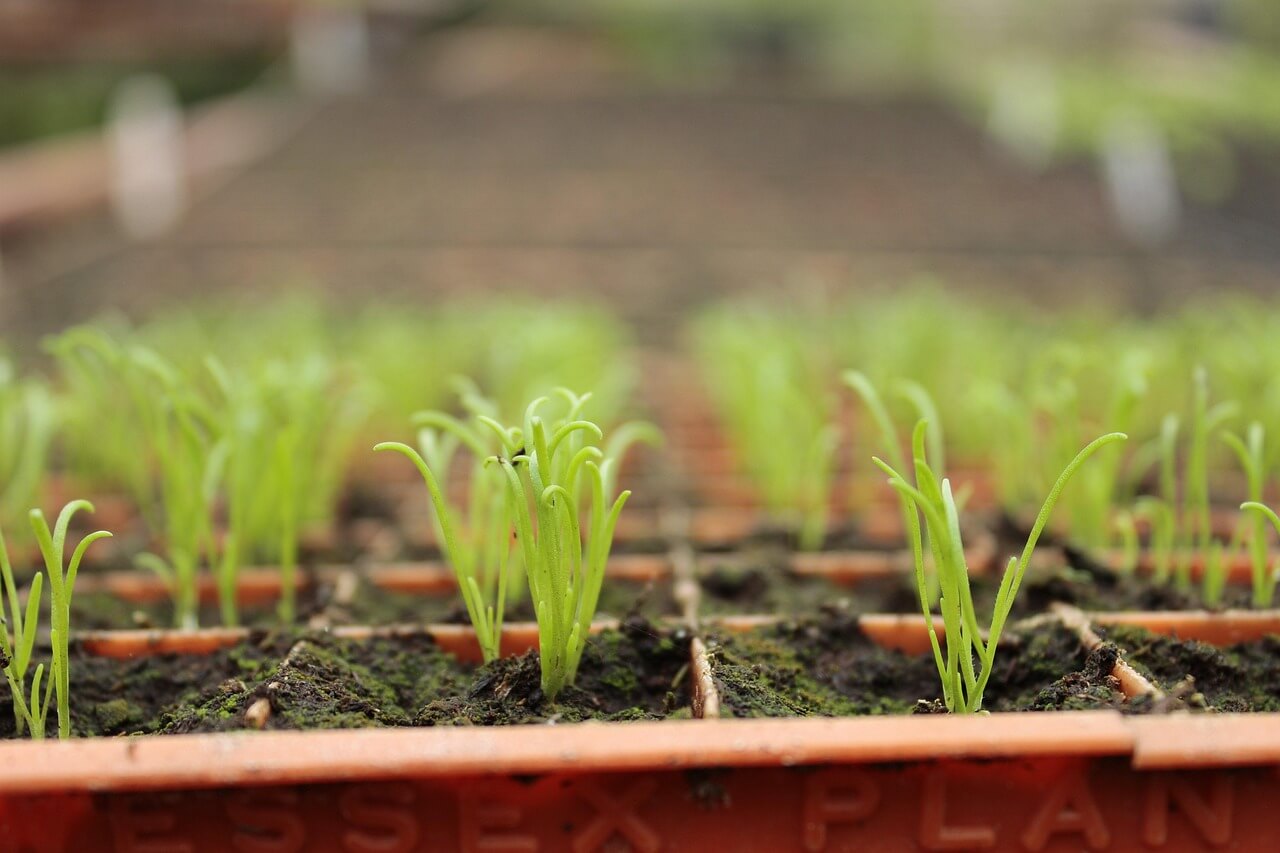
2. Thinning helps plants ‘sense’ their space.
Plants don’t have eyes, but they can sense when they’re too close to a neighbour. Through a process called shade avoidance syndrome, they detect changes in light wavelengths reflected off nearby plants. In response, they may stretch taller, develop fewer leaves, or flower earlier than is ideal. Thinning interrupts this stress response, helping plants grow in a more balanced and energy-efficient way. (For more about plant senses, click here.)

3. Seed spacing affects root architecture.
It’s not just about how much room a plant takes up,it’s how its roots behave underground. Studies in plant physiology show that crowded seedlings often shift their energy to vertical growth at the expense of lateral root development. This makes them tall and weak, more vulnerable to drought and less stable in the soil. Thinning allows plants to develop deeper, wider root systems that can access more nutrients and anchor the plant better.

4. Timing is everything.
The best time to thin is when your seedlings have developed their first true leaves (the second set to appear). These leaves are a good indicator of the seedling’s health and future potential. Thinning too early can mean guessing which plant will be strongest; too late, and roots may be entangled, increasing the chance of transplant shock or disturbing neighbours.
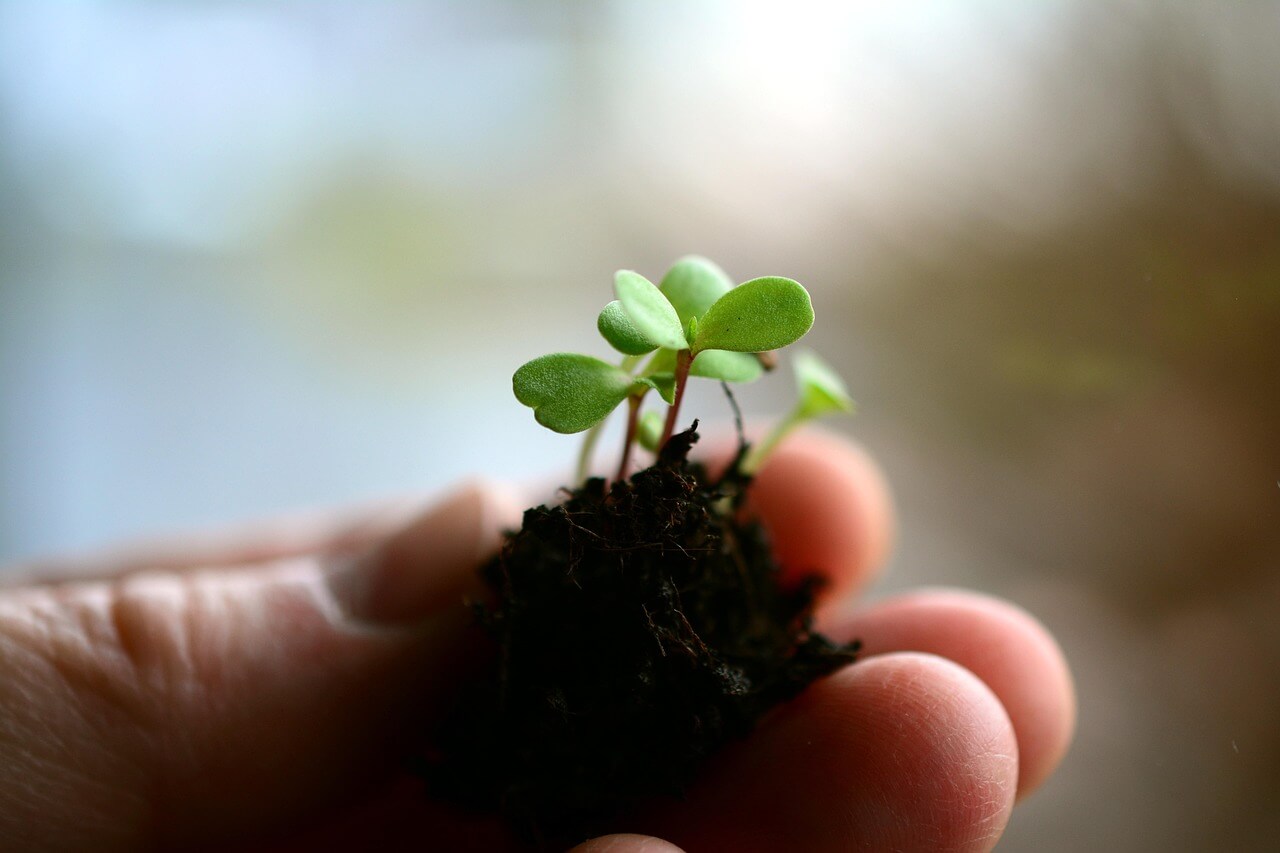
5. Snipping is better than pulling.
In closely planted cropslike radishes or carrots, pulling out unwanted seedlings can disrupt the soil and harm the roots of plants you intend to keep. Instead, use scissors or garden snips to cut the extra seedlings off at the base. It’s faster, cleaner, and less stressful for the rest of your crop.

6. Farmers have selected for this.
Historically, many of the vegetables we grow today were domesticated with overseeding in mind. For instance, crops like lettuce, beets, and carrots were traditionally sown thickly in rows and thinned as they grew, a practice handed down through generations of farmers. Seed companies still package seeds assuming you’ll thin. It’s baked into the culture of crop management because it works: it lets growers visually select the strongest individuals, a bit like natural selection with human help.
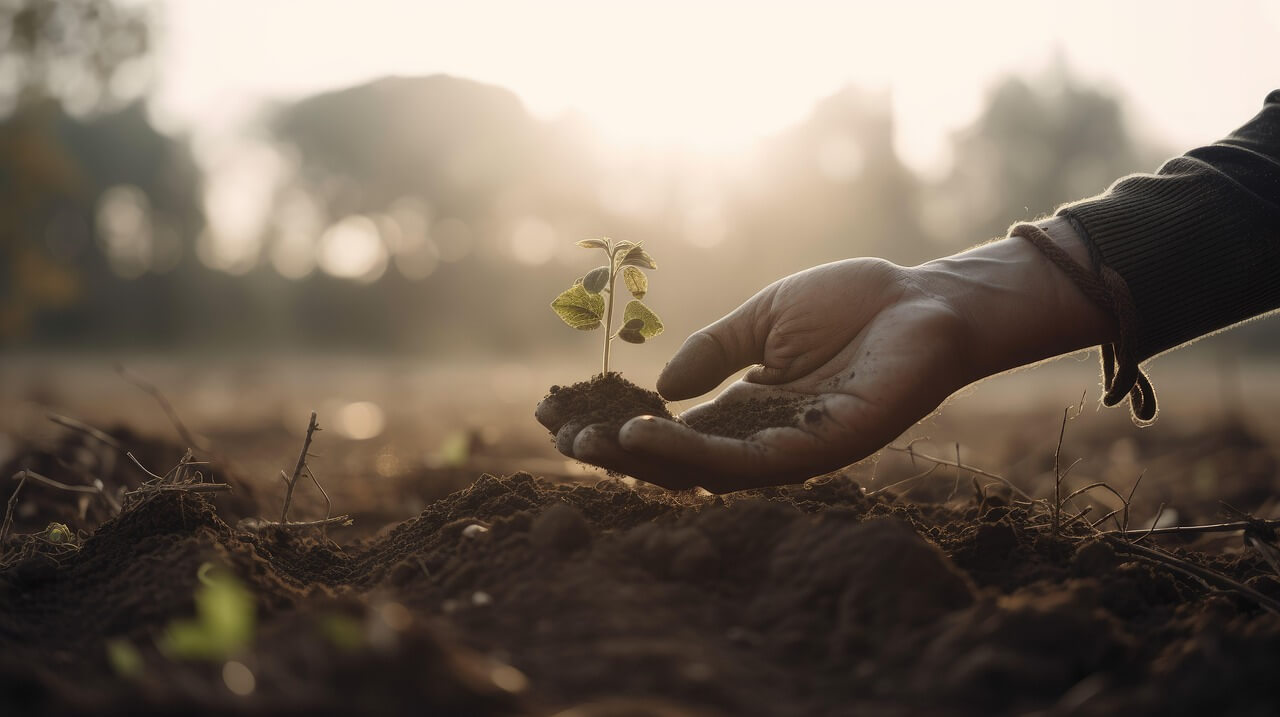
7. Plant only what you need instead.
Some gardeners don’t overplant seeds. I usually don’t. Indoors, I plant one seed per cell, and outdoors I space them according to the final spacing recommended on the seed packet. This gets tricky with tiny seeds like carrots, so I buy coated seeds, which makes them bigger. But you have to be prepared for a cell to go empty or an extra space in your row when a seed doesn’t sprout.
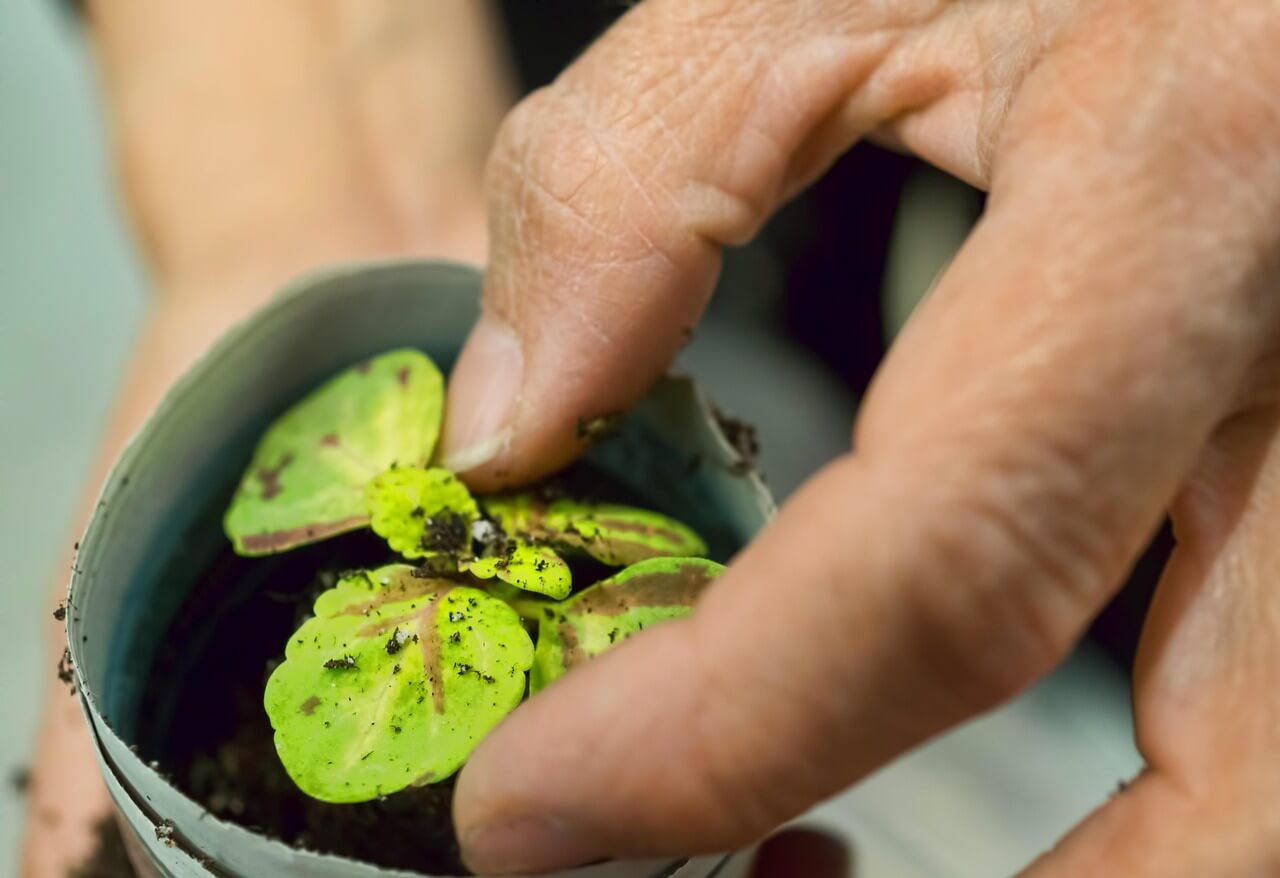
8. Some seedlings can be transplanted.
If you are really squeamish about killing your babies, you can transplant some. While root crops don’t transplant well, many greens, flowers, and fruiting plants (like lettuce, kale, cosmos, or tomatoes) can be carefully moved to new locations. Use a spoon or popsicle stick to lift them gently, keeping as much root and soil intact as possible.

9. Use thinnings as microgreens.
Those tiny seedlings you remove can often be eaten… maybe. Beet greens, mustard, bok choy, radish, and spinach thinnings make delicious additions to salads, sandwiches, or even smoothies. Just rinse them and use like any microgreen. Don’t do this with tomatoes, eggplants or peppers, though. The greens of nightshade plants are toxic to humans.
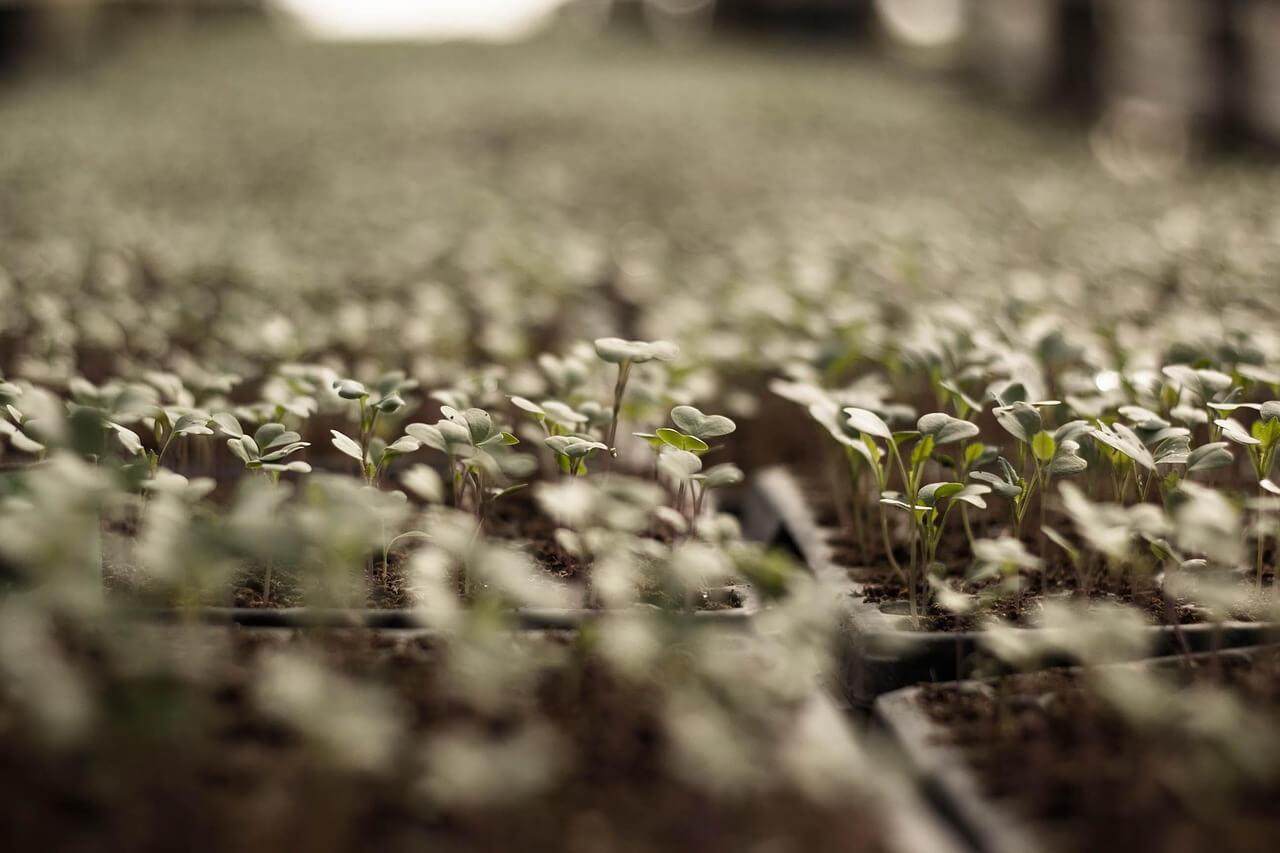
10. Better airflow = fewer diseases.
Good airflow is critical in preventing moisture-loving diseases like damping off, powdery mildew, and rust. When plants are too close together, humidity increases, and leaves stay wet longer after watering or rain. Thinning reduces these risks, giving your garden a better chance to stay healthy through the season.
